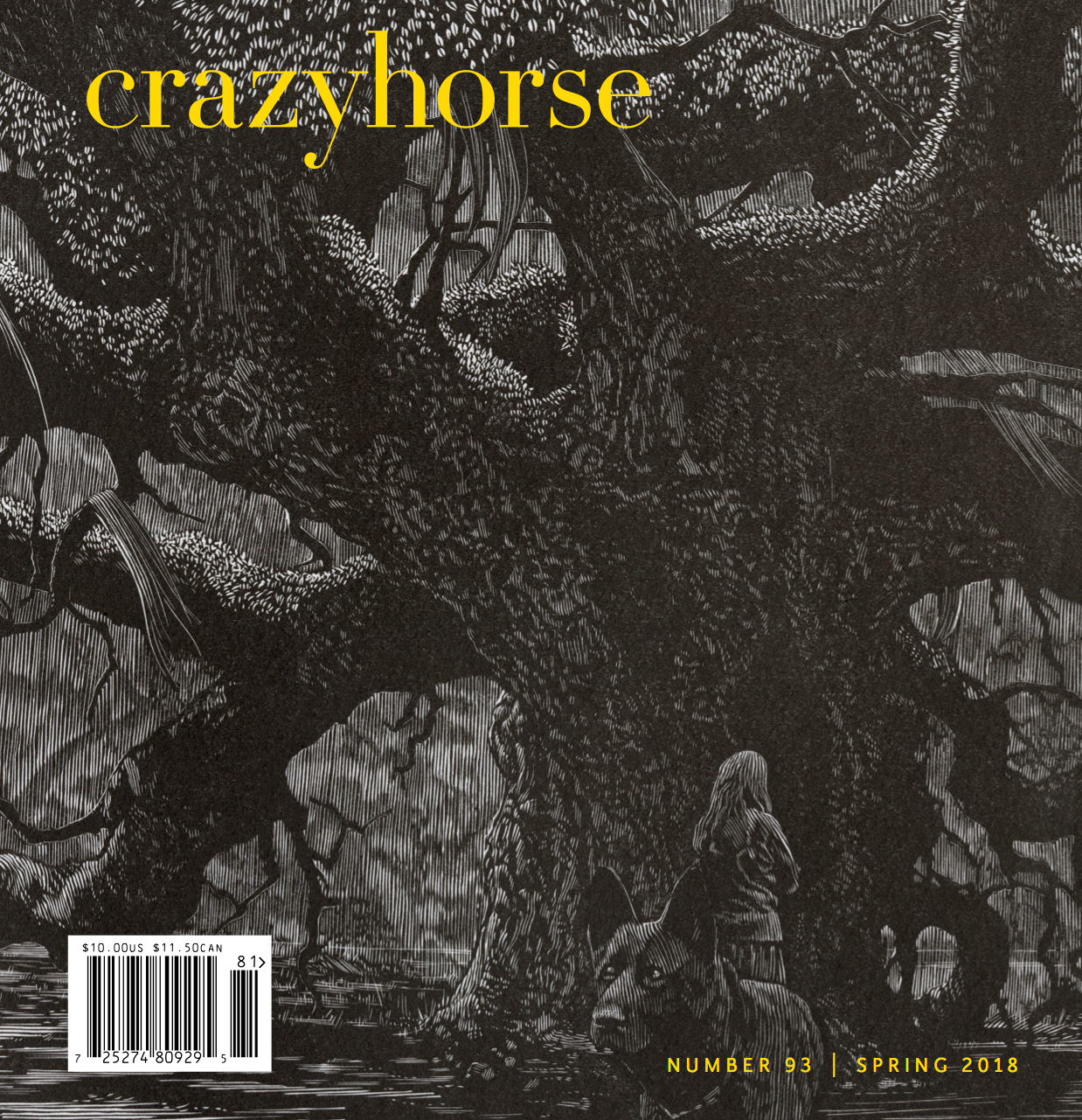
Bess Winter’s story, “Are You Running Away?” appeared in Covered w/ Fur, the new weekly digital magazine from Austin indy press A Strange Object.
Literary journals receive hundreds, sometimes thousands, of submissions every year. These submissions are read by volunteers—on the weekend, at night, when they could be reading a favorite novel or, who knows, parasailing. Imagine yourself in these volunteers’ shoes, a tall stack of submissions in front of you and an approaching deadline to complete them. As a writer, these are not the ideal conditions for appreciating your carefully crafted manuscript. But this is the world you’re sending your stories into, and so it’s important to consider the audience. What will make your story easier to read? What will catch this busy volunteer’s attention?
One answer: a quick-starting opening paragraph. One of the quickest and most interesting first paragraphs that I’ve read lately is from Bess Winter’s story, “Are You Running Away?” It was published in Covered w/ Fur, the weekly digital magazine published by Austin’s indy press A Strange Object. You can read the story here.
How the Story Works
Here is the first paragraph. Watch how quickly it kicks into gear:
Val says, fuck school. She eats another cracker. Wouldn’t it be great if school were cancelled? And I say, Yeah, it would be great. And she says, I know a way. She scrapes her shoed feet along her parents’ couch. And I say, How? And she says, There are these pipes.
In just 51 words, the story introduces two characters, a sense of their personalities and relationship, and a mystery: what are the pipes and how will they cancel school. How does the paragraph do this? By beginning with drama, not information. Think about what we’re not told: the characters’ ages, the nature of the situation, the time of day. Rather than set up the drama, the story immediately zooms in on a moment when a choice is made: Wouldn’t it be great it school were canceled? What is said next (Yeah, it would be great) might not seem like a conscious decision, it functions that way, giving Val permission to proceed. In other words, it’s sometimes not enough to simply introduce a mystery. You also need to introduce a decision that leads to that mystery (even if that decision, at the time, seems like no decision at all).
Once that mystery has been set, you can spend time re-introducing the reader to your characters: who they are, their typical behavior.
In the second paragraph of “Are You Running Away?” Winter does exactly that:
She shoves everything aside. Goldenrod, green, purple study notes. Her chem binder clicks open and the sheets slide everywhere, across the Persian rug and the hardwood and into corners of the room and up against Rolph the snoring yellow lab. She steps on the notes, leaves her dirty shoeprints on them. She doesn’t care. I love Val because she doesn’t care about anything. The first time we met, in the changing room before gym, she looked me up and down and said, Those boobs are low. I could have hated her for that, I guess, but instead I was like, who says that? And I said, Thanks! And, from then on, we were friends, even when everyone else pushed her away. Even when they asked Her? Why? and made sour faces. Later, we snuck things from the pockets of the backpacks they looped onto the outside of their lockers when they went to gym: silver bracelets, digital watches, lip gloss.
Though the paragraph is building character, it also deepens the mystery from the story’s opening. If the characters are already stealing things and acting in other socially unacceptable ways, what else will they do? If I’m a reader working my way through a slush pile, my attention has been grabbed before the end of the first page.
The Writing Exercise
Let’s start a story quickly, with drama, using “Are You Running Away?” by Bess Winter as a model:
- Introduce a strong desire. In Winter’s story, the desire is the nearly universal desire of so many school stories and real-life students: get out of school. In other words, the desire doesn’t need to be something we’ve never seen before. Most desires are pretty common. Why else would love stories and stories of adultery be among the oldest we possess?
- Introduce a plan to satisfy the desire. At the very least, a character could say, “I have a plan.” But you can do better than that. Hint at the nature of the plan. Be sly. In Winter’s story, Val mentions pipes but not what they’re for or how they might be used. If you read the story, you’ll see that the plan is pretty simple—it’s horrible and frightening, but simple, too. You don’t need something convoluted. The important thing is to tease the reader. In this case, Val also teases the narrator, who is allowed to discover the plan along with us.
- Make the plan hinge on someone’s assent. Someone needs to give the plan the go-ahead. The need for this agreement or cooperation forces the character with the plan to be conniving, to try to persuade another character to go along. Without this external approval, the plan may roll out too easily, without encountering opposition or obstacles. In short, you’re making the characters act on different levels from the very beginning, and those different levels will give the story room to grow and develop.
Good luck.




You’re right, great story, I had to keep reading. Though it left me a bit confused lol
Glad you liked it!